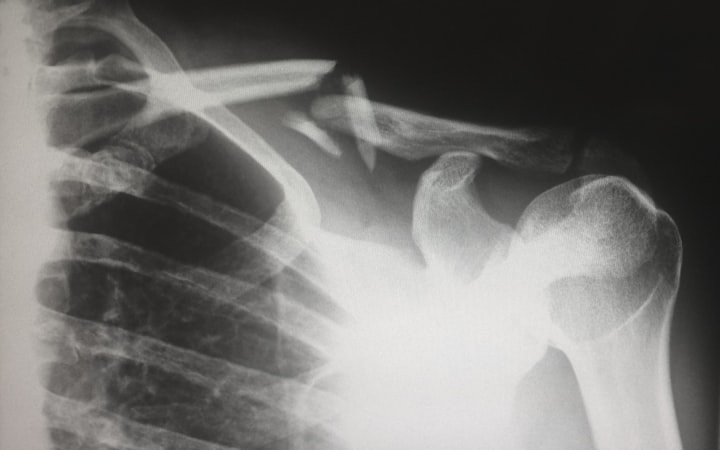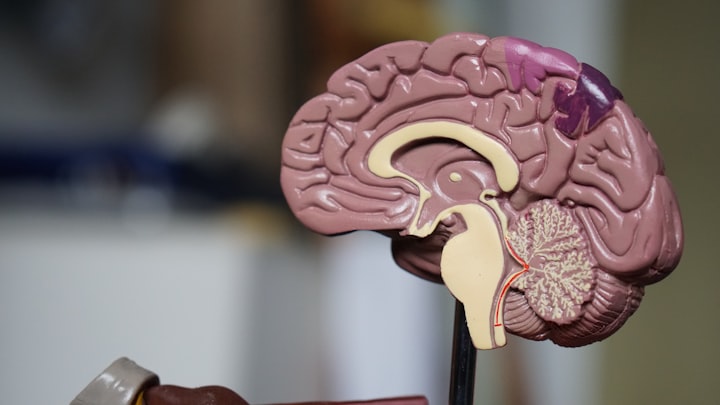CELL PHONE AND BONE
CELL PHONE EFFECT ON OUR BONES

INTRODUCTION
Recent research conducted by David Shahar and Mark Sayers, experts in biomechanics at the University of the Sunshine Coast in Australia, has revealed a concerning possibility. According to their scientific report, the use of cellphones and tablets may have a significant impact on the shape of our bones. This study delves into the field of osteobiography, which examines how bones can provide insights into an individual's lifestyle. It has long been understood that skeletons can adapt to the activities of their owners, telling a unique story through their structure. Shahar and Sayers suggest that modern technology, particularly the use of electronic devices, could be influencing the skeletal development of young people. One key aspect they focus on is the external occipital protuberance (EOP), a bony growth at the back of the skull connected to the nuchal ligament. This research sheds light on the potential long-lasting effects of our increasingly digital lifestyles on our physical bodies.
Initially, the chiropractors examined x-rays of individuals ranging from 18 to 86 years old in order to gain a current understanding of how skeletons change. These x-rays were primarily focused on investigating neck pain and the potential consequences these changes may have on our health. Upon analyzing the x-rays, Shahar and Sayers observed that the External Occipital Protuberance (EOP) appeared to be more prevalent in younger individuals. They hypothesized that this could be attributed to the posture of young people constantly checking their phones and tablets during screen time. The theory suggests that the neck instinctively leans forward, exerting additional pressure on the area where the skull meets the spine. As a compensatory response, the EOP gradually lengthens, reaching several millimeters. This phenomenon has been referred to as "text neck." Furthermore, the findings indicated that text neck was predominantly found in men, with 67% of men exhibiting larger EOP compared to only 20% of women in a test group of 218 individuals in 2016. By 2018, the study had expanded to include 1200 people, with males being five times more likely to develop text neck. This raises the question of the potential impact on human health. While there is often concern about the radiation emitted by phones and its potential link to cancer, this report highlights the first explicit connection between technology usage and its effects on our bodies. Shahar and Sayers describe the elongated EOP as a degenerative process, suggesting that the situation may worsen for young people if they continue to use their devices extensively. Additionally, there is a condition known as "text thumb" or thumb arthritis, where the thumb can develop serious problems similar to carpal tunnel syndrome. However, it is important to note that the study of EOPs and the use of terms like "horns" or "spikes" to describe them have faced criticism from other experts.
In the media, experts emphasize that the report lacks conclusive evidence and, like any scientific paper, is based on assumptions. Archaeologists argue that longer skull bones are not a new discovery and are particularly common in males. According to studies, critics believe that there is insufficient solid evidence to support the claim that excessive cell phone use can transform individuals into Hellboy. Therefore, the question arises whether Shahar and Sayers are onto something or if they have simply manipulated established facts to fit their own explanation. Regardless, the undeniable truth is the significant impact that technology has on our lives. The notion that future generations are evolving due to constant interaction with their devices is a pressing matter that must be addressed. Ultimately, it will be the archaeologists of the future who determine the validity of these claims. Perhaps, in the future, individuals will not have protruding spikes on the back of their necks. Therefore, it may be beneficial to spend more time outdoors and less time playing Angry Birds.
About the Creator
naol abraham
now I am living here as a guest and um gonna leave this world one day!






Comments
There are no comments for this story
Be the first to respond and start the conversation.